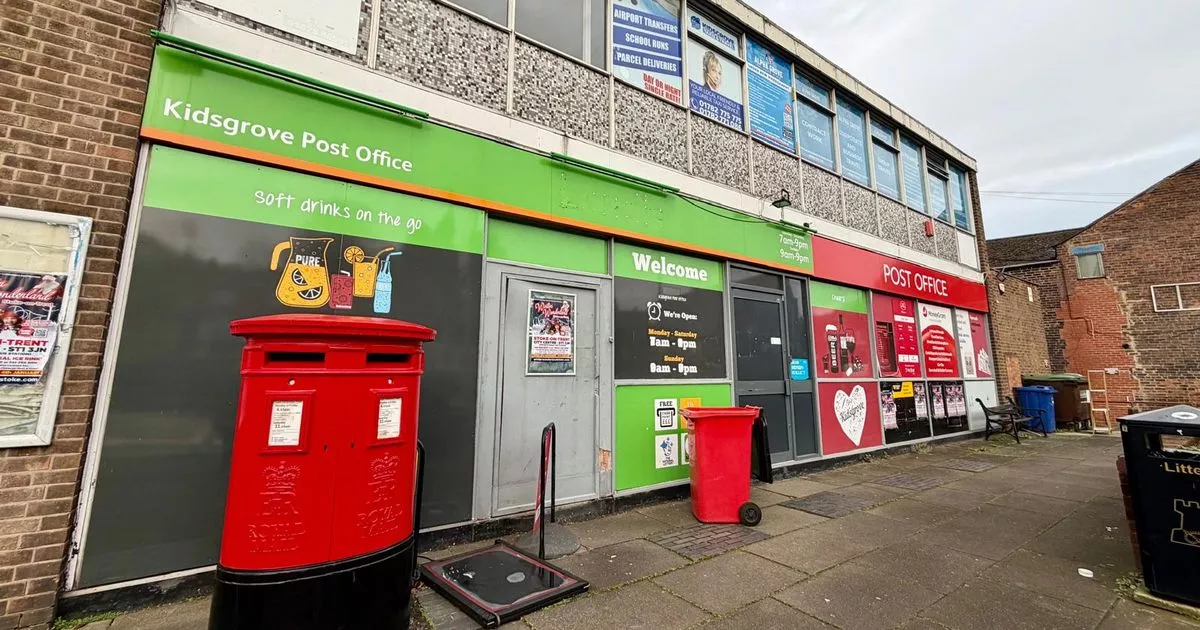The Chinese city of Wuhan was little known in the West before 2020; few could have anticipated the impact that the circumstances unfolding there would have on lives everywhere. While seismic occurrences like 9/11, the 2004 tsunami and the global financial crisis had sent nations into shock, the Covid-19 pandemic united a world in fear, panic, anxiety and the unknown like few events had before.
Five years on, how much have life and the world of work changed or stayed the same? What are the positives and negatives to emerge in the post-Covid era? And how has it changed recruitment, employers and candidates?
Mass migration from office to home working – the personal and professional impact
Without doubt, the biggest practical and mindset change brought on by Covid-19 for the UK workforce was brought about by the almost overnight shift from office to homeworking in March 2020; the fallout continues today. The Covid-resultant lockdowns forced different approaches to work and home life. The debate around a full-scale return to office (RTO) continues, illustrated by Amazon’s edict that all of its employees would return to the office on 2 January 2025, a decision that has triggered resignations and allegations of hidden layoffs. And according to US business magazine Inc, some of the global retail and services giants are not prepared for a complete return, delaying the 100% RTO until May.
Aside from the obvious ‘to office or not to office’ dilemma, there’s more to the past five years than meets the eye: what did we discover about ourselves during this time and what learnings can we take forward that might help to shape a better future of work for everyone?
Yasar Ahmad, global vice president, people, at the recipe box company Hello Fresh, says Covid made him realise how much more he needed quiet time to think and work. He also realised how much time is wasted in meetings that could be done via email. “Since then, I’ve been constantly challenging myself and my team to be relentless in prioritising meetings, work and time,” he says. “Time is the most expensive currency. If anything, I learnt to appreciate it more.”
Hybrid work has become the norm for Ahmad and his team, and work-life balance has improved. “We can now work with more control over our schedules,” he says. “We’ve had to adapt to new communication and collaboration methods. And we’ve also had to be more flexible with our work hours to accommodate different time zones and schedules.” And he concludes: “Many changes we’ve seen in the recruitment environment are here to stay.”
The past few years have “profoundly reshaped” work-life dynamics for Lisa Scales and her team at Royal Mail. The head of talent acquisition says the demands of high-volume recruitment coupled with the challenges posed by Covid necessitated greater flexibility and adaptability for her team. “The shift to hybrid working has been a game-changer for some but we need to be sensible moving forward,” Scales says. “The huge benefit of work-life flexibility cannot be ignored; however, the value of those informal conversations, bumping into someone in the coffee queue and face-to-face meetings cannot be underestimated, and the sense of belonging you get from working shoulder to shoulder with teams.”
Mental health support, inclusive practices, and meaningful work are no longer ‘nice-to-haves’ but essential”
Cath Possamai, talent acquisition director, EMEA Stores, Amazon, echoes these sentiments, saying anyone in an office role since 2020 has experienced enormous change and required levels of flexibility and resilience they never expected to exhibit. She said it was particularly hard on those who joined as graduates during the post-2020 era as they missed out on “the fun, education and connection that being in the office with your colleagues can offer”.
Like all sectors, the agency world had to similarly adapt to the personal and professional impact of lockdowns, furlough and other restrictions imposed and then quickly gear back up to support clients through the recruitment boom that followed for some.
Rob Blackburn, director of Impala Search, says the changes have made the firm “more agile, tech-savvy and people-focused”, while the so-called ‘Great Resignation’ emphasised the importance of fostering a strong internal culture. “We’ve doubled down on creating an environment where our team feels valued, supported and motivated to achieve exceptional outcomes. This has resulted in us not losing any staff for over 18 months now,” he says.
Impala embraces a hybrid model of working, which Blackburn says balances flexibility with the benefits of an in-person interaction. “We’ve seen significant changes in how we work and operate post-Covid, reshaping both our internal dynamics and the way we support our clients and candidates,” he says. “We now spend three days a week in the office and two days working from home, which has proven to be an effective balance.”
Rich Barker, director of Hampshire-based agency Talent Locker, found himself juggling a newborn as well as running a business during the pandemic. While a challenge, it also taught him the importance of work-life balance, which he’s keen to preserve. “While working from home offered flexibility and more time with family, the office environment is a dedicated space for focused work and collaboration – which can be a welcome escape from nappy changes and crying babies!”
Lockdowns opened the company’s eyes to the benefits of flexible working. “We have since introduced a shorter working week (half an hour less every day), working from home on Fridays with an early finish and more flexible hours for our team throughout the week,” he says. “We quickly saw the benefits of an employee-centric approach in both satisfaction and productivity. Our team loves the flexibility to fit in gym classes, avoid rush hour or manage childcare commitments. Teams calls have been a game-changer for this, allowing us to stay connected and productive, even while working from the comfort of our homes.”
Not everyone agrees that the way forward is to instigate home or hybrid models of working permanently though. Sasza Bandiera, CEO of Oyster Partnership, says the agency came back to the office in late summer 2020, with some members of the team on a hybrid arrangement. “We then went through the same changes I’m sure others did, relaxing the formal attire, different start times and earlier finishes. We then went through the boom period like most and capitalised on that,” he says. “However, when the going got tough, we realised the basics were missing, and quite frankly all the ‘fads’ we were going through weren’t conducive to a productive team.”
Over the last 18 months, Bandiera says, only 10% of the team have had a hybrid arrangement, and the firm is back to formal attire, proper start times and normal finishes. “Everything has gone full circle, and I’m pleased, because it’s made a positive impact to our results.”

A strengthened focus on wellbeing and mental health
Given what the UK workforce went through across all sectors – from furloughs and lockdowns through to wondering if they or their industry would have a future at all – the strain on people’s mental health was inevitable. Lisa Scales says the pandemic underscored the importance of resilience and adaptability, both in organisations and individuals. “At Royal Mail, we’ve had to pivot quickly to meet changing demands, which has shaped how we approach recruitment and workforce planning,” she says, adding: “Mental health support, inclusive practices, and meaningful work are no longer ‘nice-to-haves’ but essential components of an employer’s value proposition.”
From the agency perspective, Impala’s Rob Blackburn said supporting the team’s wellbeing became a top priority both during and after the pandemic. “Lockdowns were challenging for everyone, both physically and mentally,” he says. “We introduced flexible working arrangements and emphasised work-life balance, recognising that a motivated and supported team is critical to our success.”
The REC’s Kate Shoesmith and APSCo’s Ann Swain have both noted a change in their industry and the wider world of work when it comes to mental health. Swain sees the main difference between the working environment in the recruitment sector now and before Covid as the focus on people, culture and mental health. “Wellbeing became a thing, whereas I feel that prior to that it wasn’t always,” she says. “The recruitment market historically used quite blunt instruments to recruit people and keep them – for instance, pay them good money and take them on jollies once a year – but that has changed, and I tend to think it’s the same in many sectors outside of recruitment too.”
Shoesmith says you can have the argument back and forth about figures on those people who are economically inactive, but it’s clear that some people are finding it very difficult to work because of mental health issues and are not actively seeking work. But for those in work, she believes it is much easier to have an open conversation with an employer about mental health and ensure you have a good work-life balance.
Swain also pinpoints a key challenge to emerge from the shift to home working going forward: how we ensure good mental health in a working environment that can also be conducive to feelings of isolation. “We found that a lot of young recruitment consultants during Covid – if they hadn’t been laid off or furloughed – were in shared houses where they simply didn’t have anywhere to work except sitting on their bed. That doesn’t work for everyone,” she says. “We’re also finding a lot of those younger people experience more feelings of loneliness, but people coming out of university and college still say it’s their right to work at home.”
Of course, the same tools that facilitate the hybrid way of working are also those that will help organisations tackle this challenge. Scales says leveraging technology to stay connected and prioritising mental health and wellbeing have become crucial to sustaining productivity and morale, while Shoesmith emphasises the importance of properly checking in with people. “It was quite difficult to know who wasn’t okay because although you might have a connection with them on the screen, you didn’t have that same sense of what people are dealing with. People need to learn from that in today’s hybrid models, rather than thinking you’ve ticked the box because you’ve spent that half hour on a Zoom call with them.”
Similarly, while the importance of resilience has been raised for many years, the pandemic’s impact on some people’s mental health and wellbeing proved that building it into workforces is easier said than done. Possamai urges people to look at the concept of ‘anti-fragility’, which she and her team have focused on; it goes beyond resilience and robustness by not just withstanding shocks, stressors or adversity but improving and thriving because of them. “It essentially emphasises the importance of absorbing and learning from difficulty in order to develop more agility and resilience,” she says.
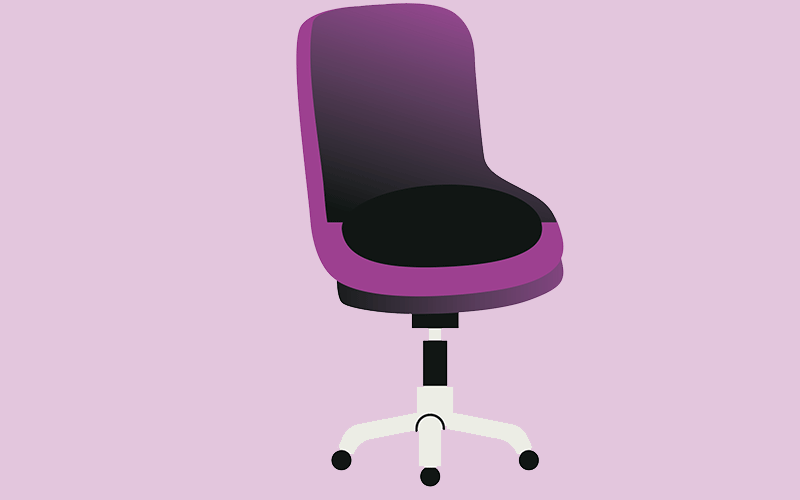
The return-to-work debate continues
The KPMG 2024 Outlook Survey, published in September 2024, reported that CEOs have become “further entrenched” in their view that employees will be back in the office full time within three years. Last year, almost two-thirds (63%) expressed the view, but this climbed to four-fifths this year. At the same time, the professional services firm says today’s employees expect a more flexible working environment and better work-life balance.
Recruitment leader Matthew Jeffery, former head of UKI talent attraction and acquisition at EY, observes “a strong reticence” by employees to go into the office and, if they do, seek to limit it to one or two days a week. He adds: “How much this damages productivity, profitability, office culture, and the learning and development of early talent is highly debatable.”
Royal Mail’s Lisa Scales says flexibility has become “non-negotiable” in the desk-based environment. However, organisations now having the tricky balancing act posed by frontline workforces not getting the same treatment across the board, which then causes a “less harmonious environment”. “This is where HR really has become front and centre of business decision-making as the impacts are far reaching and difficult to navigate,” she says. “Candidates now expect remote or hybrid options and are drawn to companies that prioritise work-life balance.”
Oyster’s Sasza Bandiera directly relates problems with hiring, retention and productivity to working from home arrangements. He cites the case of a company he visited, which had just two people working in a 9,000 sq ft office space in Covent Garden with 90 at home. “They’re struggling with everything I mentioned above,” he says. “Some people, some positions in some situations do work effectively from home, but you have to really think about the team as a whole and if the weighting isn’t spot on, then I believe you’ll struggle.”
Impala’s Rob Blackburn, though, reports that clients who require full-time office employees are finding they struggle to attract the best talent versus the competition. And his sentiments are echoed by Talent Locker’s Rich Barker: “Candidates have seen the benefits of working from home, and many are willing to give up a more generous salary for a better work-life balance.”
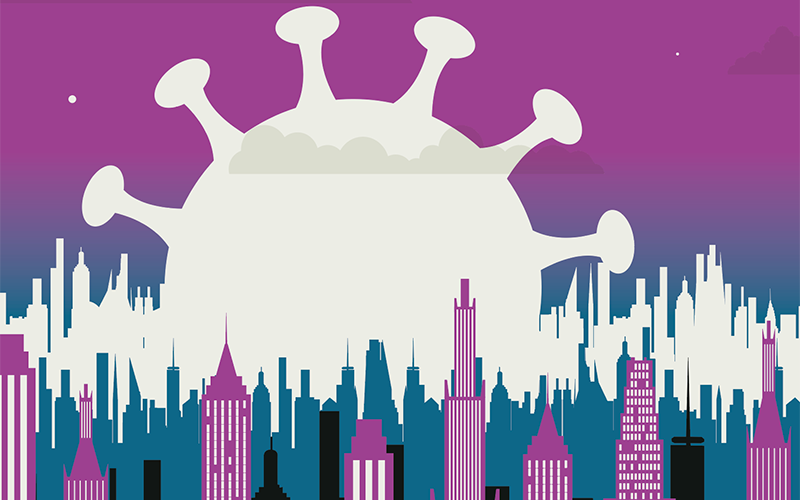
Managing in a new flexible and people-centric era
It’s clear that many agency and direct recruiters believe that they are working in a new post-Covid reality. Flexible working is now seen as a right by many, and new business models offer an opportunity to create a fairer, more equitable world of work. Matt Alder, producer and host of The Recruiting Future Podcast, says remote work and video-interviewing mean talent pools are “genuinely global”.
“This creates new opportunities and new competition for talent,” he says. “With ageing populations and shrinking workforces being an unavoidable issue for Europe, the UK and the US, this is not a passing trend; it is the new reality.”
But there are issues to address; chief among them is the management challenges that a more flexible and fluid world of work brings. Testimony to the importance of tackling these management challenges is that the Better Hiring Institute, Chartered Institute of Personnel and Development and the Chartered Management Institute will publish a guide on managing remote and hybrid workforces in mid-January, ‘The Future of Management’.
Keith Rosser, director of Reed Screening and who serves on the advisory board of the Better Hiring Institute, says part of the problem is that many managers are “accidental managers” who have learnt on-the-job. “But managing in a hybrid world poses different challenges and opportunities for managers,” he says. “Management needs to evolve. To improve productivity and efficiency it’s important that our managers are supported and trained to know how to get the most out of a hybrid workforce, spot any signs of wellbeing issues and build a spirit of community in hybrid working environments.”
Rosser adds that employers must also put more formal mentoring and support programmes in place, which will also help teach recent employees some of the “unwritten codes” of work.
Ann Swain, global CEO of the Association of Professional Staffing Companies (APSCo), believes flexible working post-Covid has become a “misnomer”, having broadened beyond packages which build in flexibility for caring and other responsibilities. Many young people now see it as a right, and this means management styles, attitudes and practices must evolve. While she says whatever model used must work for the business, the change of working practices has been a good thing and should be embraced, allowing more people to return to work and progress their careers.
“There used to be the view that you couldn’t possibly be a manager unless you were in the office five days a week but that has shifted,” she says. “The attitude of wanting everyone in the office to measure what they do does still exist in some places, but that sort of management is becoming out of date.”
Rosser is keen to see such flexibility usher in an era of more people-centric roles, which starts at the job description stage. “In future, jobs should be designed around the outputs required from the job, with adverts stating what the company’s desired results are from the job with greater flexibility around when and where jobs should be done,” he says. “If people want to work 9.30-2.30 and 6-8pm to work around childcare this should be generally available, but so often jobs are advertised as standard hours and either in an office or no mention of location, putting people off from applying in the first place.”
He adds that employers should also explore how hybrid working and a person-centred approach can level the hiring playing field for those with disabilities as well as promote more gender-equality. “Can it remove some of the barriers that existed but also, what new barriers might it bring?” he says. “How can we destroy all of these old barriers that impeded certain groups of people, in less time?”
Kate Shoesmith, deputy CEO of the Recruitment & Employment Confederation (REC), similarly thinks we should use the post-Covid era as an opportunity and break free from ways of doing things that no longer fit how the world of work works for many people.
“We can’t have this perception that better productivity comes from the maximum number of people working on a Monday to Friday, nine to five. It just isn’t how the world of work works,” she explains. “It’s a 24/7 economy and some people also have more than one employer now. All of these things are quite a challenge from a traditional perspective so we’re going to have to really embrace flexibility in all its forms and accept that people will want to work in different ways.”
Changing the focus on flexibility
“Four years on, and I have literally just upped sticks from living in London for the past 20 years; we’ve moved to the countryside,” says Jen Kinnear (inset), managing director of creative recruitment firm Profiles Creative. “There’s a tractor driving past my window right now,” she adds.
“I feel beyond lucky that I can have both the countryside lifestyle I want for my family and still lead a highly successful and flourishing business out of London.”
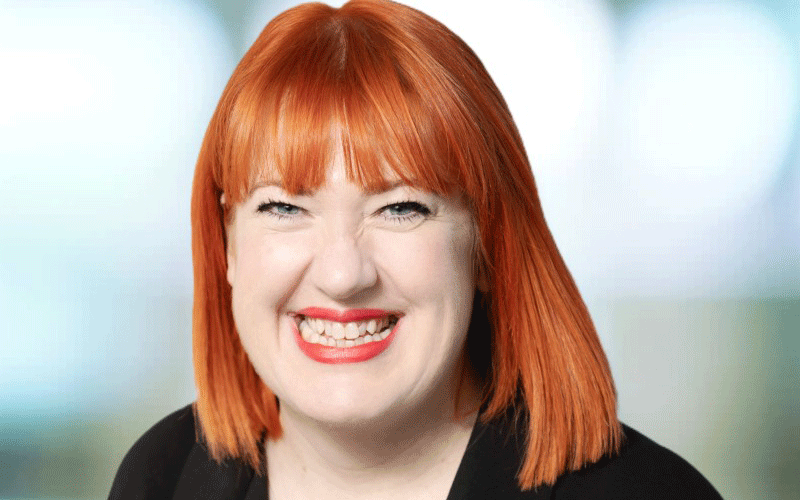
The onslaught in 2020 of Covid-19 has allowed these circumstances to unfold, Kinnear believes. “Without the disruption of the status quo that Covid brought, I’m not sure this would ever have happened,” she concedes. “It takes hard work and serious commitment, but I’ve found that you can have the best of both worlds – you just have to be clear that the motivations align.”
What’s more, the disruption to work and life also fostered creativity and innovation in Kinnear’s world, “leading to some more naturally entrepreneurial activity to happen”, says Kinnear, who is also the founder of Triibe Talent. “We’ve launched two challenger recruitment businesses in the UK and US. We’ve also diversified our own service offering to clients and freelancers, and now support our own umbrella and payroll solutions.”
Externally, Profiles Creative’s market has also changed, allowing the company to up their game in new ways. “Seventy-five per cent of our business is supplying freelancers. Almost overnight, previously localised markets had their eyes opening to hiring remote talent and totally levelled the playing field,” Kinnear says. “It’s required a fair bit of educating clients and freelancers about good practice for remote working, expectations around rates, etc – but all of which has given us an opportunity to add even more value to our clients.”
In early 2025, five years on from the start of the pandemic, most of Kinnear’s team members work two days remotely and three days at their office. However, she notes, that will change later in the year: “We are going to be moving to a different pattern and offering more flex. I’m also planning to trial a ‘work from anywhere’ scheme to give high performers an opportunity to travel.”
She adds: “I look at my team now through a different lens. Some of them work better in short, intense bursts but need a lot of flexibility around that. They’ll be working at, say, 6am but we now openly recognise that they aren’t at their best with too much formality after 3pm.” On the other hand, she says, “some have consistent levels of productivity and are happy with a regular desk pattern and want to more firmly boundary standard hours”.
“When thinking about hiring in an inclusive way, my perspective on this has totally changed,” she says. “In terms of who I’ll be hiring in 2025, it will be people who can demonstrate they can flourish in a flexible environment. Where flexibility brings something to their life that makes their desire to excel even greater… It’s a different kind of focus, but the values remain the same: trust is integral. There are fewer safety nets for sure when you hire people and allow a lot of flex, so the recruitment process and understanding their drive is more crucial than ever.”
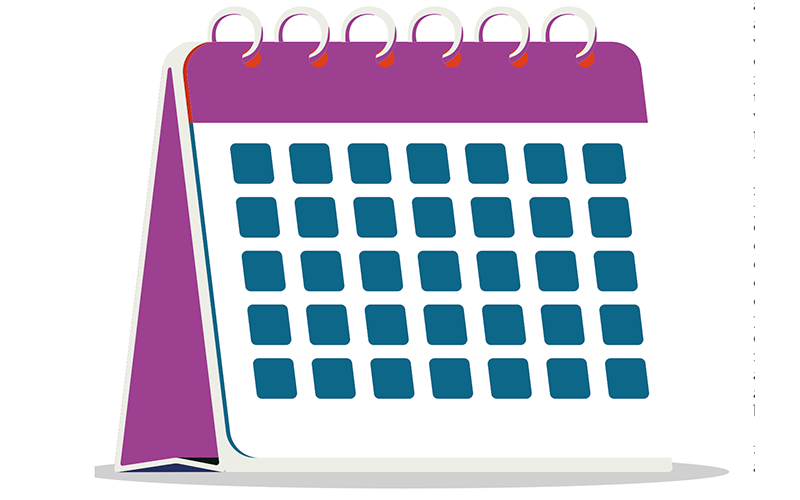
Technology: the great liberator
Before Covid, technology was often maligned for its negative effect on human contact and relationships – but during lockdowns, it became our saviour. In recruitment, it accelerated the adoption of a range of tools and helped to create new ways of working and performing tasks. Prior to Covid, Rosser said he’d seen attempts to adopt digital meetings and digitise measures like Right to Work, and “it just it wasn’t anywhere”. He believes it also helped to adopt more agile and centralised business models, which in turn helped organisations broaden their scope for recruiting people from across the UK. “This is a positive, and we wouldn’t be anywhere close to these different models if it wasn’t for Covid,” he adds.
Alder says post-Covid there is a realisation that change, particularly technology-driven change, can happen in organisations much quicker than ever thought possible. “The speed of the switch to video at the start of the pandemic shows what is possible,” he says. “And we can expect to continue to see an increased speed of technology adoption moving forward with all of the implications that it brings with it.”
Indeed, video interviewing was a notable example of accelerated adoption during Covid. Euan Cameron, co-founder and CEO at video interviewing and screen software specialist Willo, said back in 2019, experts predicted that video communication might become a norm by 2030.
“Instead, the pandemic propelled us 10 years ahead,” he says, “making video technology a standard tool for everyday communication and recruitment within just a few years.”
Before 2020, using video platforms was unfamiliar or uncomfortable for many people, with concerns ranging from privacy to discomfort about being on camera, or even lacking the necessary technology. “Almost everyone globally had to use video technology at some point – whether for work meetings, connecting with family, consulting a doctor, or even chatting with a neighbour,” he said. “Covid removed those barriers almost overnight because there was no alternative.”
Today, in-house recruiters represent most of Willo’s clients and use video technology in different ways. “Some integrate video interviews right at the start of the process, replacing traditional CVs entirely. Others use video as a supplement to CVs or application forms. Each organisation’s approach is unique, reflecting their specific needs, values and existing hiring processes,” he says.
Impala’s Blackburn explains that pre-pandemic, video calls were rare but now are a cornerstone of daily operations. His agency has invested heavily in digital solutions using Google Suite as its core stack and is introduced to innovative tools almost on a weekly basis to keep it at the forefront of technological advances.
Similarly, Talent Locker has implemented a new tech stack, which Barker says helps them to keep candidates and clients much closer than before. “The ease and convenience of Teams calls has almost replaced in person meetings, and the hiring process can be managed completely online, which was basically unheard of before 2020,” he says.
When it comes to processes such as onboarding though, he says while it’s technically possible, he’d be concerned about a new hire’s ability and willingness to network and build rapport with clients if they haven’t had the opportunity to meet or work with them face-to-face. “As recruiters, we are working in a people-centric industry and rely heavily on collaboration and building strong relationships with colleagues, clients, and candidates,” he says. “While video calls are a great tool, they can’t fully replace in-person interactions.”
Covid’s acceleration of recruiters’ adoption of technology has proven timely, given the rapid rise of artificial intelligence (AI), particularly generative AI tools such as OpenAI’s ChatGPT, Microsoft Copilot and Google’s Gemini. Hello Fresh’s Ahmad believes we will see the rise of the ‘smart recruiter’, where AI is integrated into existing workflows, automating day-to-day tasks and increasing efficiency. “This is something we need to dive deeper into – enabling less admin, more automation and better human-shaped experiences,” he says.
How do we embrace the things that are going to make our working life more productive?”
Ahmad adds that when it comes to optimising processes, talent leaders often focus on the ‘big-ticket’ items; however, he urges them to look at how AI can affect the day-to-day. This is where he sees more potential for individuals to become smarter about how they operate.
Going forward, Shoesmith thinks it’s a case of the adage ‘work smarter, not harder’. “How do we embrace the things and tools that are going to make our working life more productive? And that has to be where AI and technology comes in,” she says. “We need to unlock productivity by getting people to use the tools more effectively so they can focus on the things that actually matter rather than getting embroiled in the administration.”
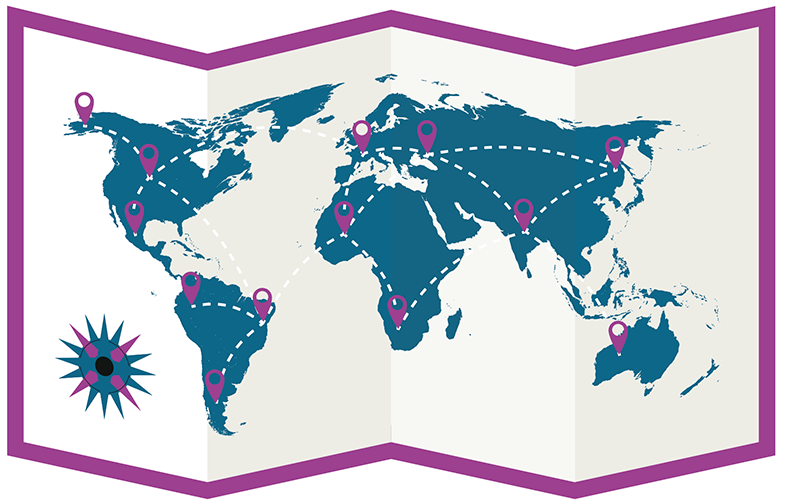
A changed candidate and a changed recruiter
Agile, data-driven, people-focused, tech-savvy and smart are all words being used to describe the recruiting landscape post-Covid. In reality, the pandemic turbocharged efforts in these areas and brought the future closer.
From this, both Shoesmith and Swain see a different kind of recruiter and candidate emerging. While recruitment is still a sales environment, Shoesmith says, a different form of conversation is happening now. “If you are banging through the phone calls, that’s not true business development. It’s not going to be developing your client relationships and it’s not going to be cementing your reputation with your portfolio of clients,” she says. “There is a different more consultative, professional services approach. It’s become really important to identify your high-value relationships and cultivate those. I’d say there’s a maturing of the industry that’s happened, and that started pre-Covid.”
Swain agrees that it’s a different sell now based on information and asking and answering the right questions rather than just talking applications. “This does mean we need be looking at a different breed of recruiter: they still need to be smart and curious with a work ethic – that goes without saying – but they aren’t necessarily motivated by money and are more likely to ask about whether they can have a day out a month to do some social involvement work. It’s no longer about a quick hit but a genuine desire to build trustworthy relationships.
“Things needed to change, and they have, but we’re still on the journey,” concludes Swain. “Not everybody’s been on the same bus – some have been cycling behind and some have been rocketing ahead – but we’ve come a long way in the right direction.”
Source link

